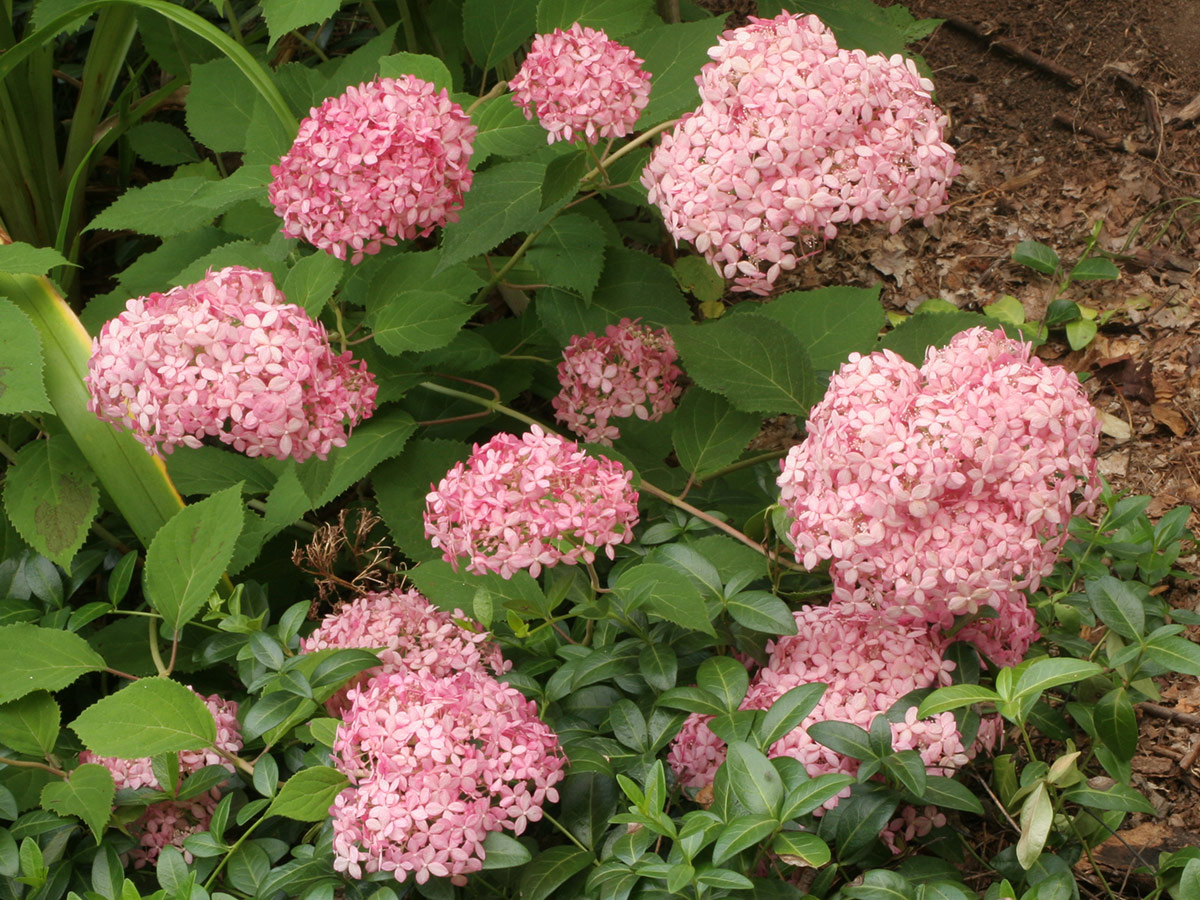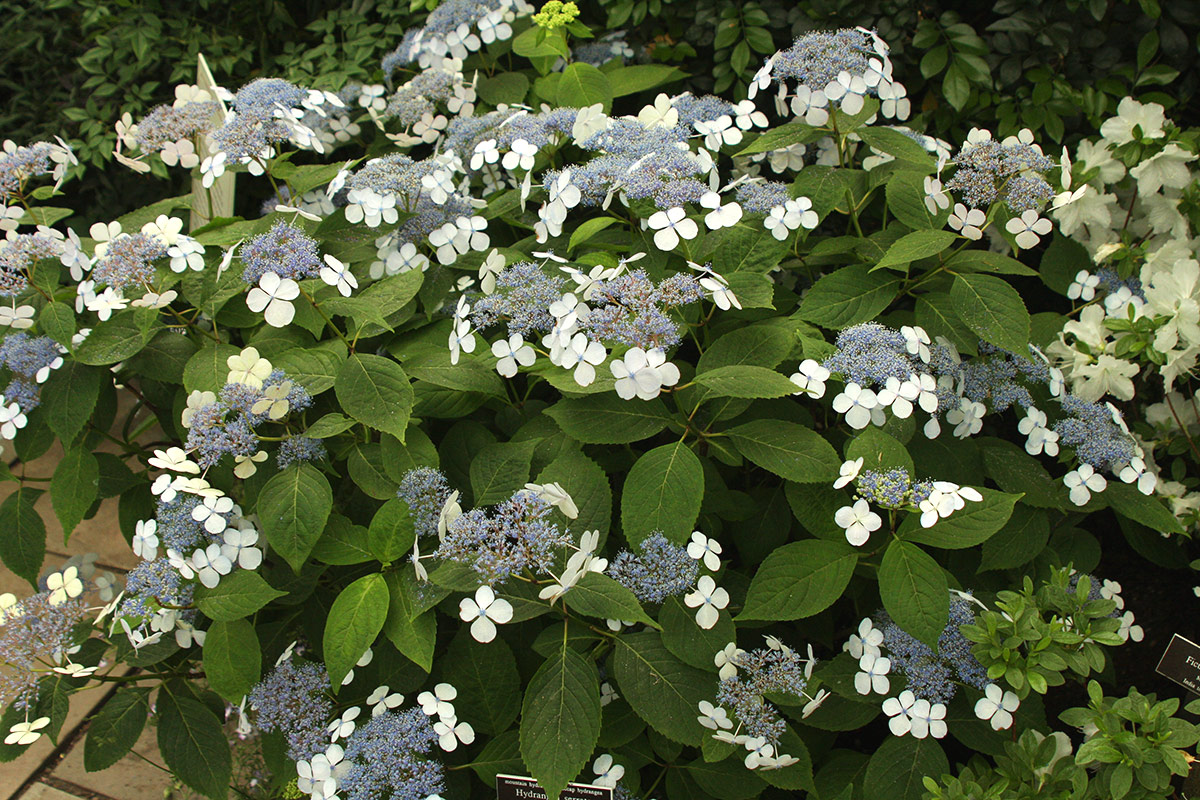Hydrangeas: Deerresistant
Hydrangeas: Deer Resistant?
Hydrangeas are a popular flowering shrub that can be found in gardens all over the world. They are known for their beautiful blooms, which can come in a variety of colors, including white, pink, blue, and purple. However, hydrangeas can also be a target for deer, who love to eat their leaves and flowers.
If you live in an area with a high deer population, you may be wondering if there are any hydrangea varieties that are deer resistant. The truth is, no hydrangea is completely deer resistant. However, there are some varieties that are less appealing to deer than others.
Here are some of the most deer-resistant hydrangea varieties:
- Oakleaf hydrangea (Hydrangea quercifolia): This variety has large, coarse leaves that deer do not find as palatable.
- Smooth hydrangea (Hydrangea arborescens): This variety has smooth, glossy leaves that deer also tend to avoid.
- Climbing hydrangea (Hydrangea petiolaris): This variety is a vine that grows up trees and other structures. Deer are less likely to eat climbing hydrangeas because they are difficult to reach.
- Panicle hydrangea (Hydrangea paniculata): This variety has large, showy blooms that deer are not as interested in.
- Hills of snow hydrangea (Hydrangea serrata
Grandiflora): This variety has white flowers that are not as attractive to deer as the pink or blue varieties.
If you live in an area with a high deer population, you can also take steps to protect your hydrangeas from deer damage. Here are a few tips:
- Plant your hydrangeas in a location that is not easily accessible to deer. This could mean planting them in a fenced-in area, or near a building or other structure that deer will avoid.
- Use a deer repellent. There are a number of commercial deer repellents available, or you can make your own using ingredients like garlic, hot pepper, or eggs.
- Cover your hydrangeas with a protective netting. This will prevent deer from being able to reach the leaves and flowers.
By following these tips, you can help to protect your hydrangeas from deer damage and enjoy their beautiful blooms for years to come.
Do you love hydrangeas but live in an area with deer? If so, you know how frustrating it can be to see your beautiful shrubs devoured by these hungry animals. But don't despair! There are a few things you can do to protect your hydrangeas from deer.
One option is to plant deer-resistant varieties of hydrangeas. Some of the most deer-resistant hydrangeas include:
- Oakleaf hydrangea
- Climbing hydrangea
- Bracted hydrangea
If you don't have the option to plant deer-resistant hydrangeas, you can try using a deer repellent. There are many different deer repellents available, so you can find one that works best for you and your budget.
Another option is to install a physical barrier around your hydrangeas. This could be a fence, chicken wire, or even a row of tall plants.
If you're looking for more information about hydrangeas and deer, I recommend visiting . This website has a wealth of information on the topic, including tips on how to protect your hydrangeas from deer.
FAQ of hydrangea deer
- Do deer eat hydrangeas?
Yes, deer do eat hydrangeas. They are attracted to the leaves, flowers, and tender tips of hydrangeas. If you live in an area with deer, it is important to take steps to protect your hydrangeas from being eaten.
- Which hydrangeas are deer resistant?
There are a few hydrangea varieties that are more resistant to deer than others. These include:
- Panicle hydrangeas (Hydrangea paniculata)
- Smooth hydrangeas (Hydrangea arborescens)
- Oakleaf hydrangeas (Hydrangea quercifolia)
- Annabelle hydrangeas (Hydrangea arborescens 'Annabelle')
- Endless Summer hydrangeas (Hydrangea macrophylla 'Endless Summer')
- How can I protect my hydrangeas from deer?
There are a few things you can do to protect your hydrangeas from deer:
- Plant deer-resistant varieties of hydrangeas.
- Use a physical barrier to keep deer away, such as a fence, chicken wire, or netting.
- Apply a deer repellent to your hydrangeas.
- Plant your hydrangeas in a location that is not easily accessible to deer, such as near a busy road or in a heavily wooded area.
- What should I do if deer have already eaten my hydrangeas?
If deer have already eaten your hydrangeas, the best thing to do is to prune away any damaged leaves or branches. The plant should be able to recover from the damage and will likely produce new growth in the next season.
- Are there any other tips for growing hydrangeas in deer country?
In addition to the tips above, here are a few other things you can do to help your hydrangeas thrive in deer country:
- Fertilize your hydrangeas regularly.
- Water your hydrangeas deeply and regularly, especially during dry periods.
- Mulch around your hydrangeas to help retain moisture and suppress weeds.
- Deadhead your hydrangeas regularly to encourage new growth.
Image of hydrangea deer
5 different images of "hydrangea deer" from Pinterest:
- A white-tailed deer standing in front of a hydrangea bush in full bloom. The hydrangeas are a light pink color and the deer is looking at the camera.

- A group of deer grazing in a field of hydrangeas. The hydrangeas are a variety of colors, including white, pink, and blue. The deer are all different colors, including brown, white, and black.

- A deer rubbing its antlers against a hydrangea bush. The hydrangea bush is a dark pink color and the deer is a light brown color. The deer is looking away from the camera.

- A deer sleeping under a hydrangea bush. The hydrangea bush is a light blue color and the deer is a brown color. The deer is curled up in a ball and its head is resting on its paws.

- A deer drinking from a pool of water that has formed in the bottom of a hydrangea flower. The hydrangea is a light pink color and the deer is a brown color. The deer is looking down at the water as it drinks.

Post a Comment for "Hydrangeas: Deerresistant"